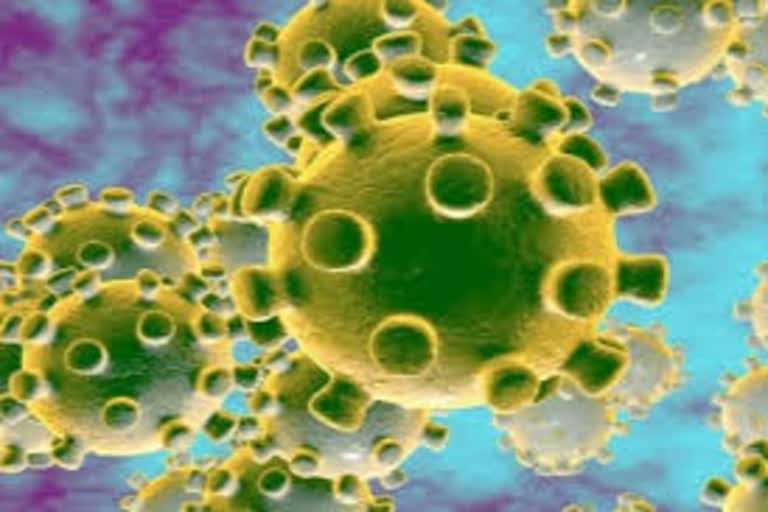Beijing: From a patient who recovered from COVID-19, scientists have isolated a pair of neutralizing antibodies that could potentially block the virus responsible for the pandemic from entering into host cells.
- The study, published in the journal Science, suggests that a "cocktail" containing both antibodies could provide direct therapeutic benefits for COVID-19 patients.
- The new information detailed in the study could also aid the development of small molecule antivirals and vaccine candidates to fight the SARS-CoV-2 virus which causes COVID-19.
- The twin antibodies identified by the researchers are named B38 and H4.
- The study by Yan Wu from Chinese Academy of Sciences and colleagues found that the two antibodies bind to the glycoprotein spike of the SARS-CoV-2 virus and thereby block the entry of the virus into host cells.
Also Read:Intel introduces new chips for enhanced productivity at home
- Preliminary tests of the two antibodies in a mouse model resulted in a reduction of virus titers, suggesting that the antibodies may offer therapeutic benefits.
- The researchers found that the antibodies can each bind simultaneously to different epitopes on the spike's receptor binding domain (RBD), such that both antibodies together may confer a stronger neutralising effect than either antibody on its own -- a prediction supported by in vitro experiments.
- This feature also means that, should one of the viral epitopes mutate in a way that prevents the binding of one of the two antibodies, the other antibody may yet retain its neutralising activity.
